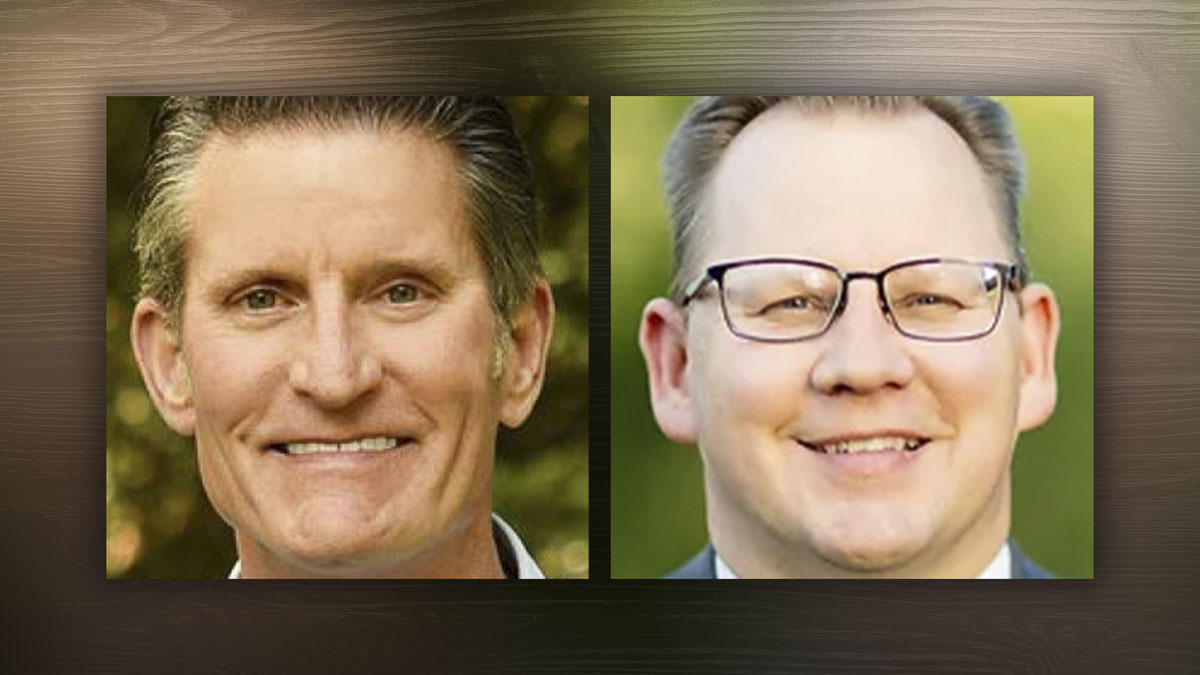
A fact sheet put out by Washington State House Republicans this year claims that school districts received $38.95 billion in the 2023-25 operating budget, which equates to average total per student spending of $18,354
Carleen Johnson
The Center Square Washington
Incumbent Chris Reykdal and Peninsula School Board member David Olson found some common ground during Saturday’s Office of Superintendent of Public Instruction debate at the Bellevue Public Library. Both think the state’s funding model for public education is flawed.
“Our state only spends about 3.1% of its GDP [gross domestic product] on education, and the national average is 3.6%,” said Reykdal, who is running for a third term.
“Even with all the gains we made over the last seven or eight years, we still only barely got close to the national average, and then once the pandemic hit, we were asked to rely on federal dollars to get through it, and our state funds actually went down adjusted for inflation,” he continued.
A fact sheet put out by Washington State House Republicans this year claims that “Across state, local, and federal sources, school districts received $38.95 billion in the 2023-25 operating budget. This equates to average total per student spending of $18,354, which puts Washington at the top of its peers in terms of state spending.”
Olson agreed with his opponent to an extent.
“Funding education is the state’s paramount duty,” he said. “They have dropped the ball on that.”
Olson said state funding only pays for one psychologist for his entire district in Gig Harbor where he has been a member of the Peninsula School District Board of Directors for a dozen years.
“We have 13 and pay the extra 12 out of our levy,” he said, complaining that the state does not fund education equitably.
“Often times the large richer districts get the lion’s share of the money, and the smaller rural districts can’t pass a levy and often end up in more trouble,” Olson said.
Part of the funding issue for school districts is declining enrollment, which means less revenue.
“Sixty thousand students have fled public education under our current superintendent’s term,” Olson claimed. “He keeps saying, ‘I have a plan, I have a plan,’ but he has yet to execute his plan.”
Reykdal pushed back on that assertion.
“Since I’ve been superintendent, special education funding has gone from $1.1 billion to $2.2 billion,” he said. “We brought in all-day kindergarten; we brought in civics education as a graduation requirement. A third of our kids are now taking high school math while they’re in middle school.”
The COVID-19 pandemic, he pointed out, was also a factor.
“My plans have worked,” Reykdal said. “But the pandemic set us back.”
Reykdal suggested his leadership is needed to get public schools’ student achievement levels back to pre-pandemic levels, a topic on which the two candidates clashed.
“The state of Washington the last several years is going in exactly the wrong direction,” Olson said. “In the last eight years, we went from being number eight in the nation academically, and now we’re in the lower half of states.”
Olson pointed out that many of the state’s richer districts have the worst student performance in writing and math, so throwing more money at the problem, he suggested, is not always the answer.
Reykdal painted a much different picture of student academic achievement.
“There are only seven states in the nation outperforming us in math in eighth grade, only seven,” said Reykdal.
The general election is Nov. 5.
This report was first published by The Center Square Washington.
Also read:
- House Democrats advance $18B in tax hike proposals as session winds downHouse Democrats in Washington advanced several tax hike proposals as the legislative session nears its end, aiming to address a major budget shortfall.
- Republican budget leaders see showdown ahead as Senate Democrats approve trio of major tax increasesSenate Democrats in Washington have approved major tax increases, prompting Republican budget leaders to warn of a growing showdown ahead.
- Representatives from the 18th and 20th Legislative Districts to hold joint town hall on May 3Lawmakers from the 18th and 20th Legislative Districts will host a joint town hall on May 3 at Battle Ground City Hall to review the legislative session and hear from residents.
- POLL: Why did voters reject all three tax proposals in the April 22 special election?Clark County voters rejected all three tax measures on the April 22 special election ballot, prompting questions about trust, affordability, and communication.
- Opinion: The war on parental rightsNancy Churchill argues that Olympia lawmakers are undermining voter-approved parental rights by rewriting key legislation and silencing dissent.










